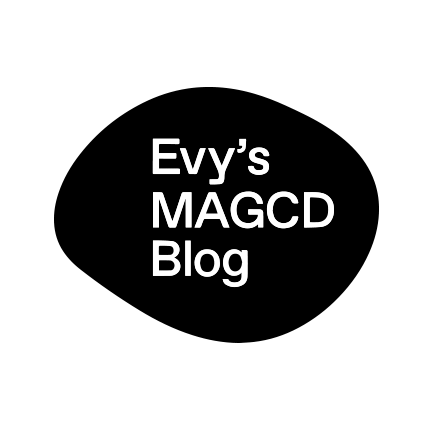A visit to the Norfolk Heritage Centre at the Millennium Library made me realise the sense of permanence that is attached to the printed medium, and how the intentions of the printed object can still be read hundreds of years later. The flexibility of dematerialised mediums of communication provides a start contrasts to the permanence of physical artefacts and printed information. What is the importance of permanence in a fast changing world?
This visit was made as an initial step towards dealing with oral histories around food in Norfolk, preserving non-material culture in Norwich through the recording and translating of oral histories and personal narratives around food and memory. I love food, cooking, and the stories around the things that we make. Having learned to cook between my early memories of my mum’s plain and utilitarian Colombian cooking and Reece’s mum English fast and wholesome dishes, gives me a really interesting position in which to explore this topic through graphic design.



Some thoughts about the publications at the archive:
For this visit, I focused on exploring cookbooks from the late 19th and early 20th century as a way to understand more about the culture and context that is tied to the memories and anecdotes I collected through audio recordings (Conversations recorded on Friday 4th November in Norwich, England. I invite Matthew (53) and Freddy (71) to share about food and the memories attached to them). There were a few particular traits to the publications.
A) They where all, written and produced by women.
B) They featured a diverse mix of voices. There was a democratic spirit to the way this publications were developed. For example, the inter-war publications were more like collections of recipes from the community than written by an individual.
C) There was a strong sense of cooking as an activity to be part of a much wider context of the role of the women in the home and her responsibilities toward society.
D) There was a particular wit and irreverence attached to the publications, there were meant to be shared and used. There’s a sort of value attached to the recipes themselves as they come from a time of scarcity of information as oppose to our current abundance.
E) The recipes themselves were infused with the particular character of the writers. There was a sense that sharing recipes was like sharing a secret amongst friends, a sort of camaraderie forming through the act of making these public.
F) Seeing the recipe books from before the Second World War, particularly before the period that Matthew mentioned in the interview when everything started to shift, is quite telling. The connection between production, transformation and consumption of food transformed not just the way people interacted with cooking but with the role of food in society.
g) It’s interesting to note how the physical medium, which was the only medium available in those day, is exploited and used collaboratively for community building.



Final thoughts
At this point of the journey, I’m exploring different avenues which I could potentially pursue in terms of the influence of dematerialisation in non-material culture such as the preservation of local dialect, banishing language and cultural narratives around food. I’m particularly interested in focusing on the culture of East Anglia, as I have a personal connection to the area and access to local institutions and individuals, working with the Norwich Heritage Centre and the Norfolk Archive.
